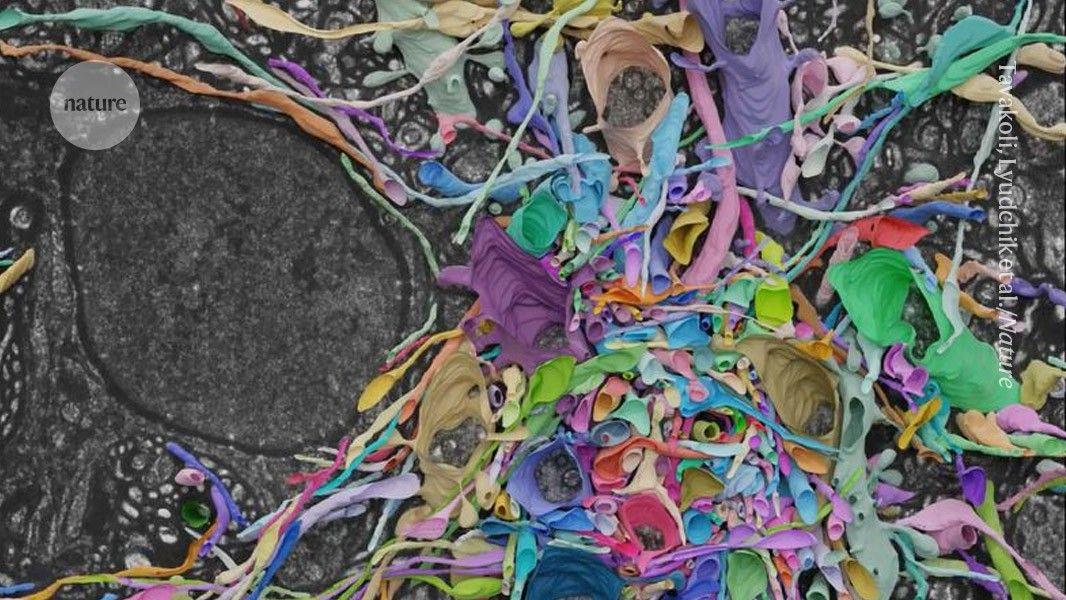AI-Powered 3D Brain Mapping Tool Revolutionizes Neurodegenerative Disease Research
2 Sources
2 Sources
[1]
Groundbreaking AI tool generates 3D map of the brain
In a significant technological leap, University of Florida researchers have created a powerful new computational and artificial intelligence tool that can generate a high-resolution 3D map of the brain in mice, allowing users to zoom in and out -- from all angles, like a Google Earth map -- and peer into the full set of molecules that produce energy for brain functions. This new AI-driven tool, funded by research grants from the National Institutes of Health, brings scientists one step closer to a more comprehensive understanding of the role of metabolism in Alzheimer's disease and other neurodegenerative disorders. It could open a new array of possibilities to discover targeted treatments. Reporting today in the journal Nature Metabolism, a research team led by Ramon Sun, Ph.D., detailed how they developed their groundbreaking MetaVision3D tool using UF's HiPerGator supercomputer. As a proof of principle, they generated a 3D interactive atlas of the brain in both normal mice and mouse models of Alzheimer's and Pompe disease, a rare genetic disorder. Sun's lab has made its database and web server publicly accessible to support the growing field of scientists studying links between metabolism and the mind. "Using our methodology, we can map thousands of molecules in the brain and precisely where they are located inside each brain region. It is unprecedented," said Sun, director of the Center for Advanced Spatial Biomolecule Research and associate director for innovation of UF's McKnight Brain Institute. "We couldn't have done it without NIH funding. This funding fuels our efforts to uncover metabolic drivers of Alzheimer's and pave the way for new interventions to prevent and treat this devastating disease." Online users may explore each section of tissue in the 3D reconstruction, which illuminates nuanced complexities not visible in conventional 2D maps, providing new insights into cellular metabolism -- influenced by diet, exercise and genetics -- as well as into disease mechanisms. "On Google Earth, I can zoom in on a city and see what a house looks like, what the street looks like, what cars are there. That's the level of resolution we provided for the mouse brain in this three-dimensional space, and how they change during diseases," said Sun, also an associate professor in the Department of Biochemistry and Molecular Biology in the UF College of Medicine, part of UF Health. "You can explore and examine molecules that influence thinking, memory and brain health, including those involved in neurodegenerative diseases. You can map all the different molecules and how they are organized and distributed in fine brain structures." To achieve the jump from 2D representations to 3D -- which Sun likened to the technological jump from a flip phone to a smartphone -- his lab scanned 79 brain sections one thin layer at a time using a high-tech imaging machine that identifies and counts molecules such as fats and carbohydrates, essential nutrients for brain function. "Then we used AI to align those images and stack them together to reconstruct the whole brain metabolome," said Xin Ma, a first author of the paper and doctoral student in biostatistics who is mentored by Sun and Li Chen, Ph.D., M.S. The metabolome is the collection of thousands of molecules that make energy for the brain to function. As the next step, with Sara Burke, Ph.D., director of UF's Center for Cognitive Aging and Memory Clinical Translational Research, they mapped the anatomy to correlate with the molecules and used mathematical methods to verify accuracy from 95 to 99%, Sun said. Going forward, researchers could integrate the map-making tool with established MRI imaging and genetic analyses to work toward developing treatments that target precise areas of the brain, in contrast to current treatments that can also affect nondiseased parts of the brain. "For disease prevention and treatment, we have opened a new angle for biologists to study," said Chen, a co-corresponding author of the paper and an associate professor in the UF College of Public Health and Health Professions' Department of Biostatistics.
[2]
AI tool creates detailed 3D map of mouse brain metabolism, portending advances in Alzheimer's research
It is a detailed view of the brain like never seen before. In a significant technological leap, University of Florida researchers have created a powerful new computational and artificial intelligence tool that can generate a high-resolution 3D map of the brain in mice, allowing users to zoom in and out -- from all angles, like a Google Earth map -- and peer into the full set of molecules that produce energy for brain functions. This new AI-driven tool brings scientists one step closer to a more comprehensive understanding of the role of metabolism in Alzheimer's disease and other neurodegenerative disorders. It could open a new array of possibilities to discover targeted treatments. Reporting in the journal Nature Metabolism, a research team led by Ramon Sun, Ph.D. has detailed how they developed their MetaVision3D tool using UF's HiPerGator supercomputer. As a proof of principle, they generated a 3D interactive atlas of the brain in both normal mice and mouse models of Alzheimer's and Pompe disease, a rare genetic disorder. Sun's lab has made its database and web server publicly accessible to support the growing field of scientists studying links between metabolism and the mind. "Using our methodology, we can map thousands of molecules in the brain and precisely where they are located inside each brain region. It is unprecedented," said Sun, director of the Center for Advanced Spatial Biomolecule Research and associate director for innovation of UF's McKnight Brain Institute. Online users may explore each section of tissue in the 3D reconstruction, which illuminates nuanced complexities not visible in conventional 2D maps, providing new insights into cellular metabolism -- influenced by diet, exercise and genetics -- as well as into disease mechanisms. "On Google Earth, I can zoom in on a city and see what a house looks like, what the street looks like, what cars are there. That's the level of resolution we provided for the mouse brain in this three-dimensional space, and how they change during diseases," said Sun, also an associate professor in the Department of Biochemistry and Molecular Biology in the UF College of Medicine, part of UF Health. "You can explore and examine molecules that influence thinking, memory and brain health, including those involved in neurodegenerative diseases. You can map all the different molecules and how they are organized and distributed in fine brain structures." To achieve the jump from 2D representations to 3D -- which Sun likened to the technological jump from a flip phone to a smartphone -- his lab scanned 79 brain sections, one thin layer at a time, using a high-tech imaging machine that identifies and counts molecules such as fats and carbohydrates, essential nutrients for brain function. "Then we used AI to align those images and stack them together to reconstruct the whole brain metabolome," said Xin Ma, a first author of the paper and doctoral student in biostatistics who is mentored by Sun and Li Chen, Ph.D., M.S. The metabolome is the collection of thousands of molecules that make energy for the brain to function. As the next step, with Sara Burke, Ph.D., director of UF's Center for Cognitive Aging and Memory Clinical Translational Research, they mapped the anatomy to correlate with the molecules and used mathematical methods to verify accuracy from 95 to 99%, Sun said. Going forward, researchers could integrate the map-making tool with established MRI imaging and genetic analyses to work toward developing treatments that target precise areas of the brain, in contrast to current treatments that can also affect nondiseased parts of the brain. "For disease prevention and treatment, we have opened a new angle for biologists to study," said Chen, a co-corresponding author of the paper and an associate professor in the UF College of Public Health and Health Professions' Department of Biostatistics.
Share
Share
Copy Link
University of Florida researchers have developed an AI tool called MetaVision3D that creates high-resolution 3D maps of mouse brains, offering unprecedented insights into brain metabolism and potential breakthroughs in Alzheimer's research.

Groundbreaking AI Tool Creates 3D Brain Map
Researchers at the University of Florida have developed a revolutionary AI-powered tool called MetaVision3D, capable of generating high-resolution 3D maps of the brain in mice. This groundbreaking technology allows users to explore the brain's molecular landscape with unprecedented detail, similar to navigating through Google Earth
1
.Unprecedented Molecular Mapping
The MetaVision3D tool, developed using UF's HiPerGator supercomputer, can map thousands of molecules in the brain and pinpoint their exact locations within each brain region. This level of detail is unparalleled in the field of neuroscience
2
.Dr. Ramon Sun, the lead researcher, explains, "Using our methodology, we can map thousands of molecules in the brain and precisely where they are located inside each brain region. It is unprecedented"
1
.Advanced Imaging and AI Integration
To create these detailed 3D representations, the research team employed a sophisticated process:
- Scanned 79 brain sections using high-tech imaging equipment
- Utilized AI to align and stack the images
- Reconstructed the entire brain metabolome
Xin Ma, a doctoral student involved in the project, elaborates, "Then we used AI to align those images and stack them together to reconstruct the whole brain metabolome"
2
.Implications for Neurodegenerative Disease Research
The MetaVision3D tool has significant implications for the study of neurodegenerative disorders, particularly Alzheimer's disease. By providing a comprehensive view of brain metabolism, it offers new insights into disease mechanisms and potential treatment targets
1
.The research team has already generated 3D interactive atlases of normal mouse brains and those with Alzheimer's and Pompe disease, a rare genetic disorder
2
.Related Stories
Public Access and Future Applications
In a move to support the growing field of scientists studying the links between metabolism and the mind, Sun's lab has made the database and web server publicly accessible
1
.Looking ahead, researchers aim to integrate this mapping tool with established MRI imaging and genetic analyses. This integration could lead to the development of more targeted treatments for brain disorders, focusing on specific areas without affecting healthy regions
2
.Dr. Li Chen, a co-corresponding author of the paper, concludes, "For disease prevention and treatment, we have opened a new angle for biologists to study"
1
.Funding and Publication
This groundbreaking research, funded by grants from the National Institutes of Health, has been published in the journal Nature Metabolism. The development of MetaVision3D represents a significant step forward in our understanding of brain function and disease, potentially paving the way for new interventions in neurodegenerative disorders
1
2
.References
Summarized by
Navi
[1]
Related Stories
AI-Powered CellTransformer Creates Most Detailed Mouse Brain Map to Date
07 Oct 2025•Science and Research
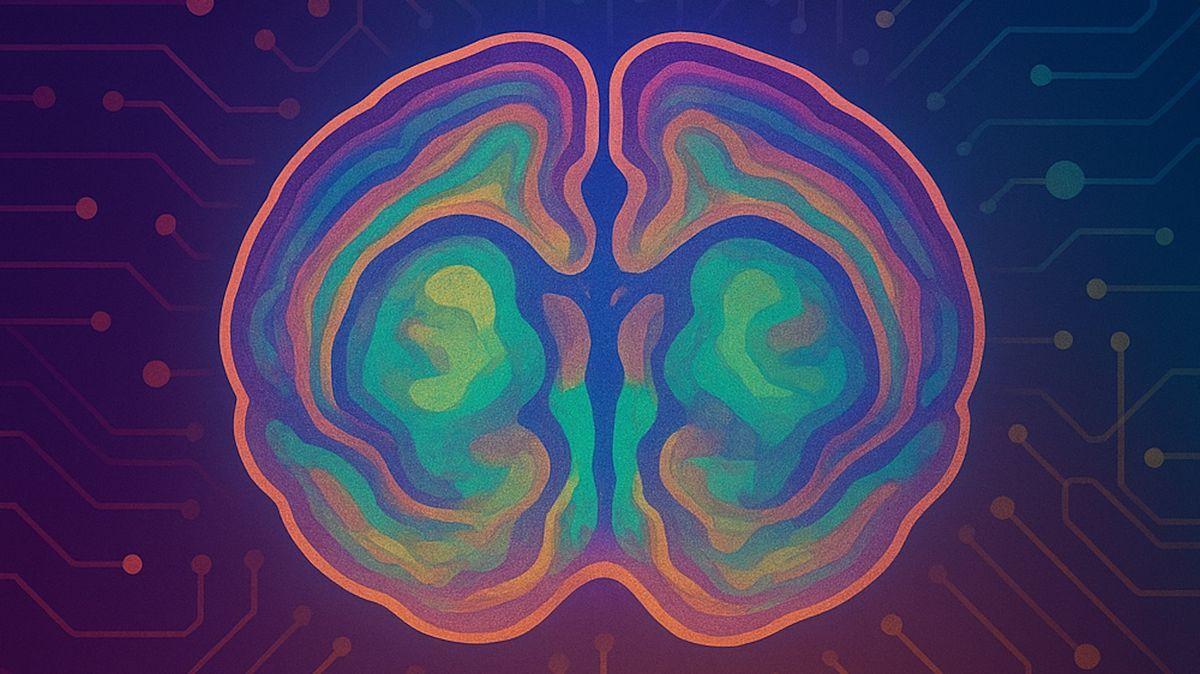
AI-Powered NextBrain Atlas Creates Most Detailed 3D Map of Human Brain for Medical Imaging
05 Nov 2025•Science and Research
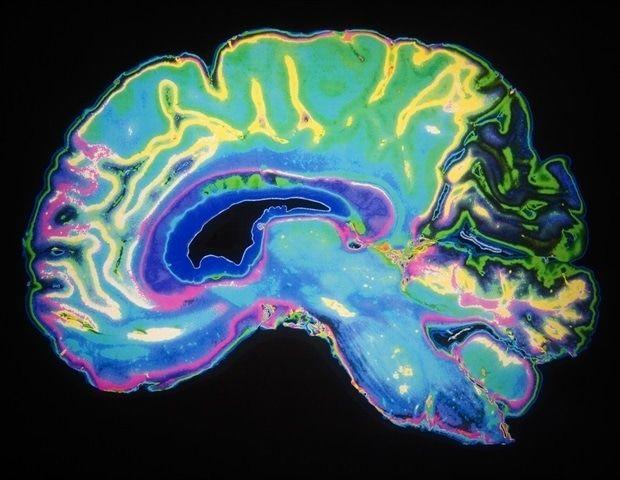
Scientists Create Most Detailed Mammalian Brain Map to Date
10 Apr 2025•Science and Research
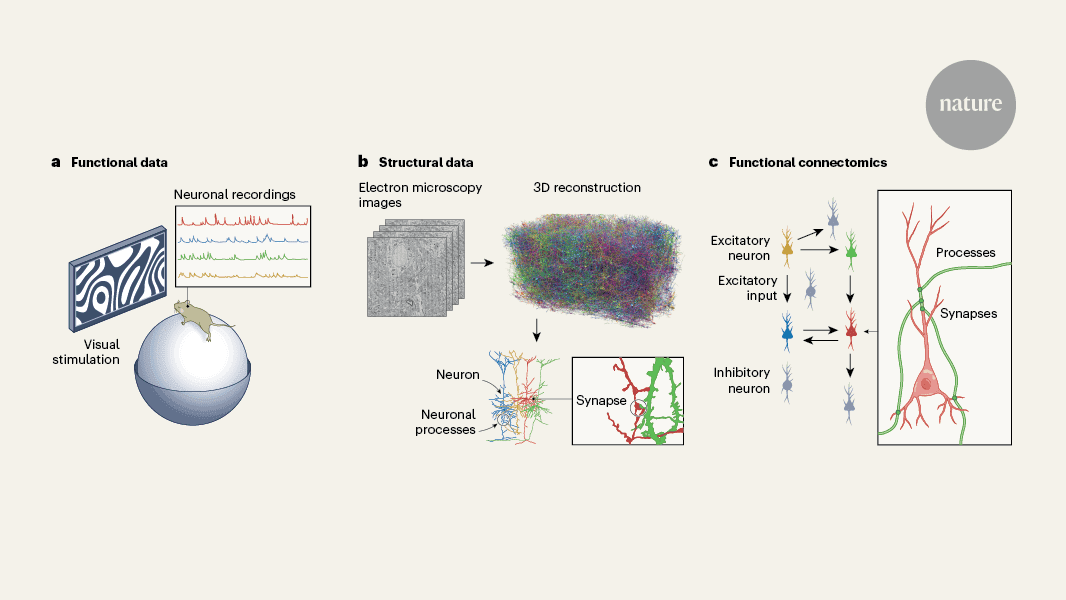
Recent Highlights
1
AI Chatbots Sway Voters More Effectively Than Traditional Political Ads, New Studies Reveal
Science and Research
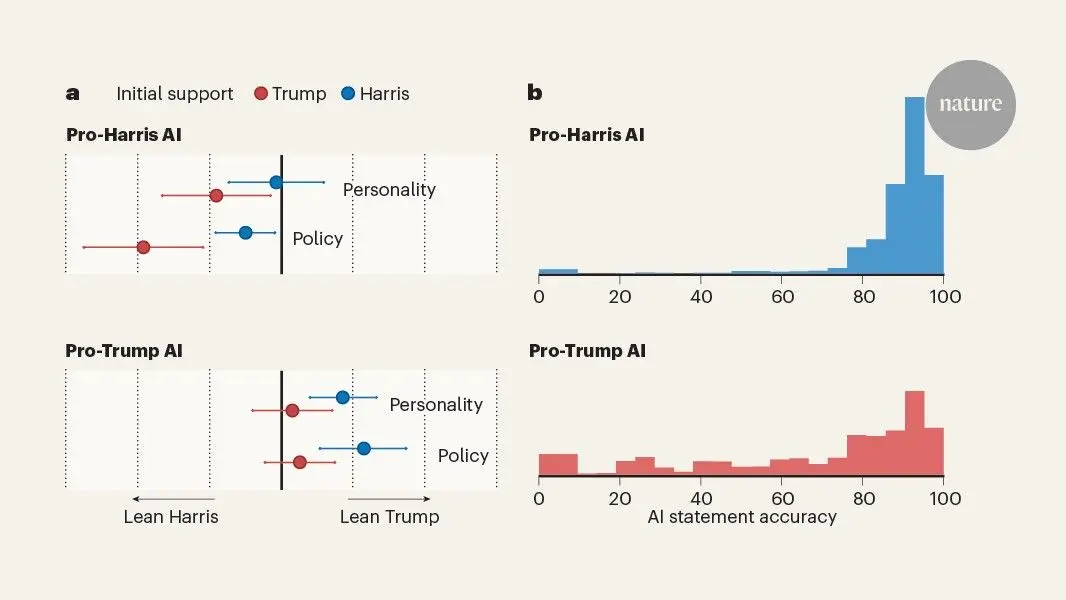
2
OpenAI declares code red as Google's Gemini 3 gains 200 million users in three months
Technology

3
Trump approves Nvidia H200 chip exports to China with 25% revenue cut, defying Senate concerns
Policy and Regulation

